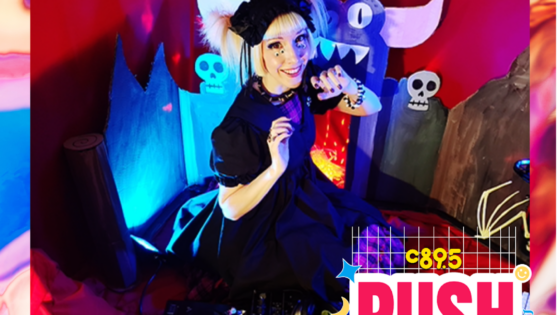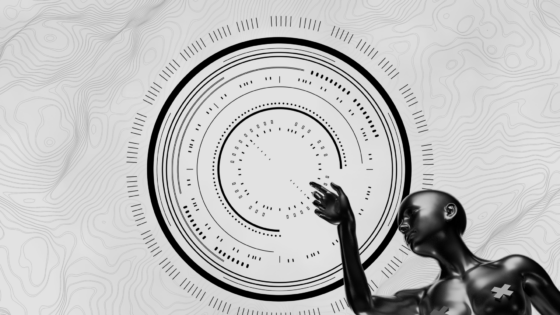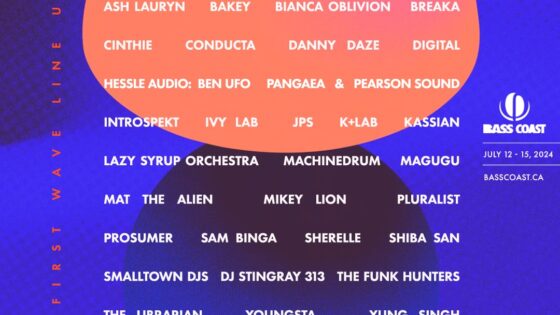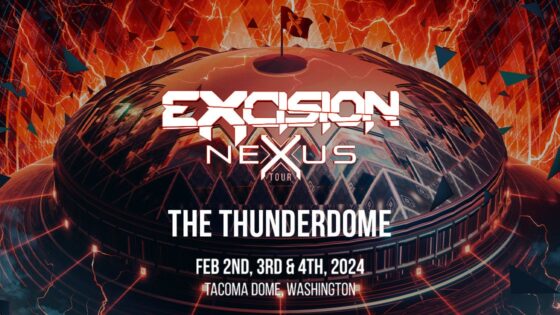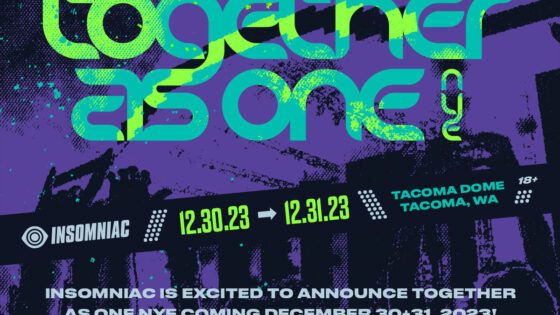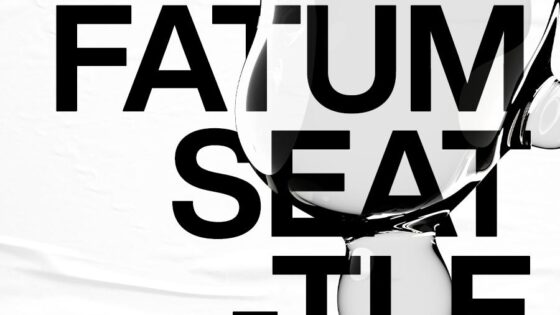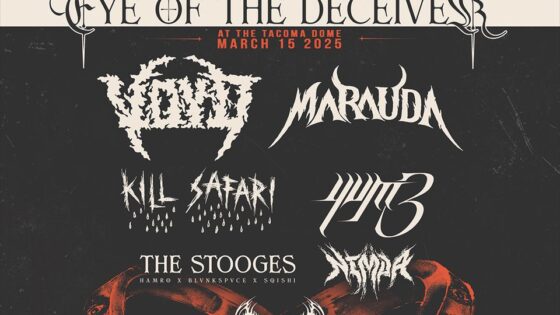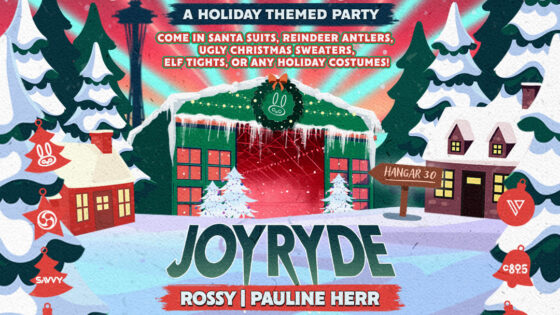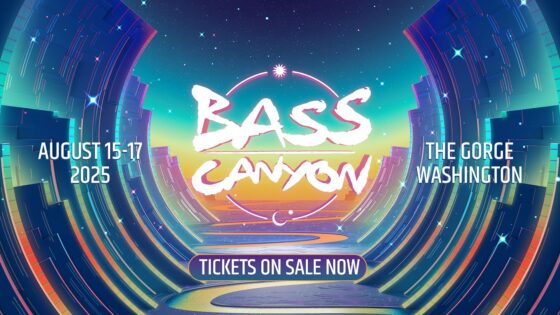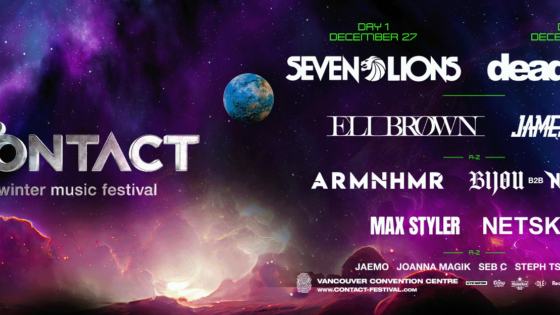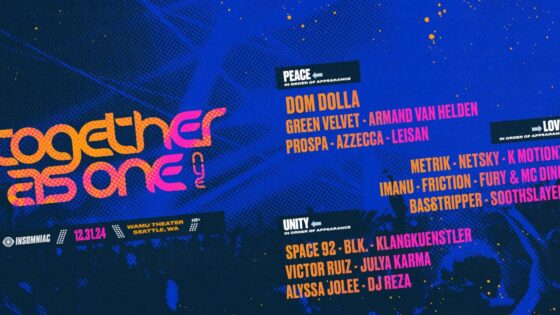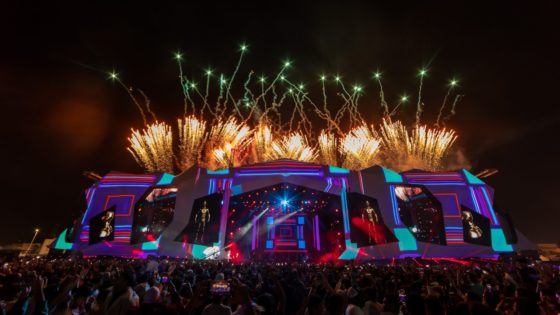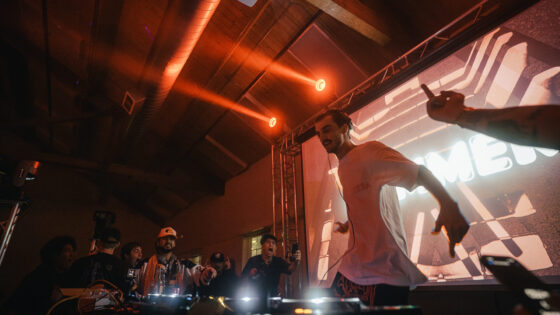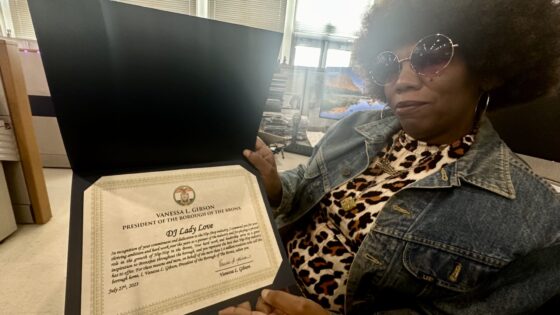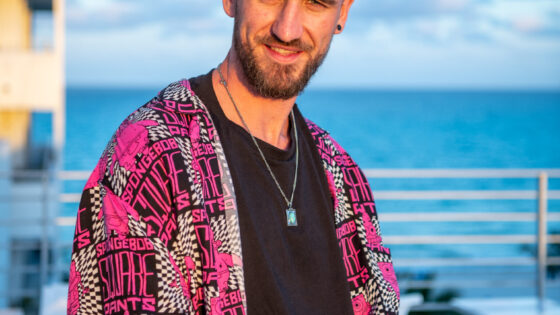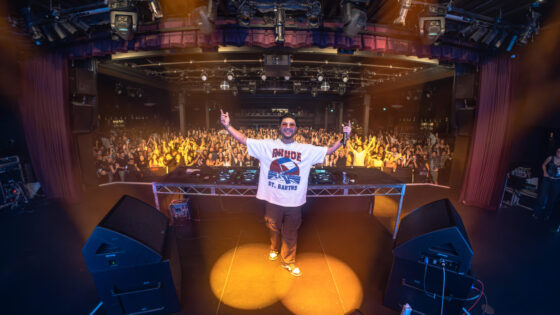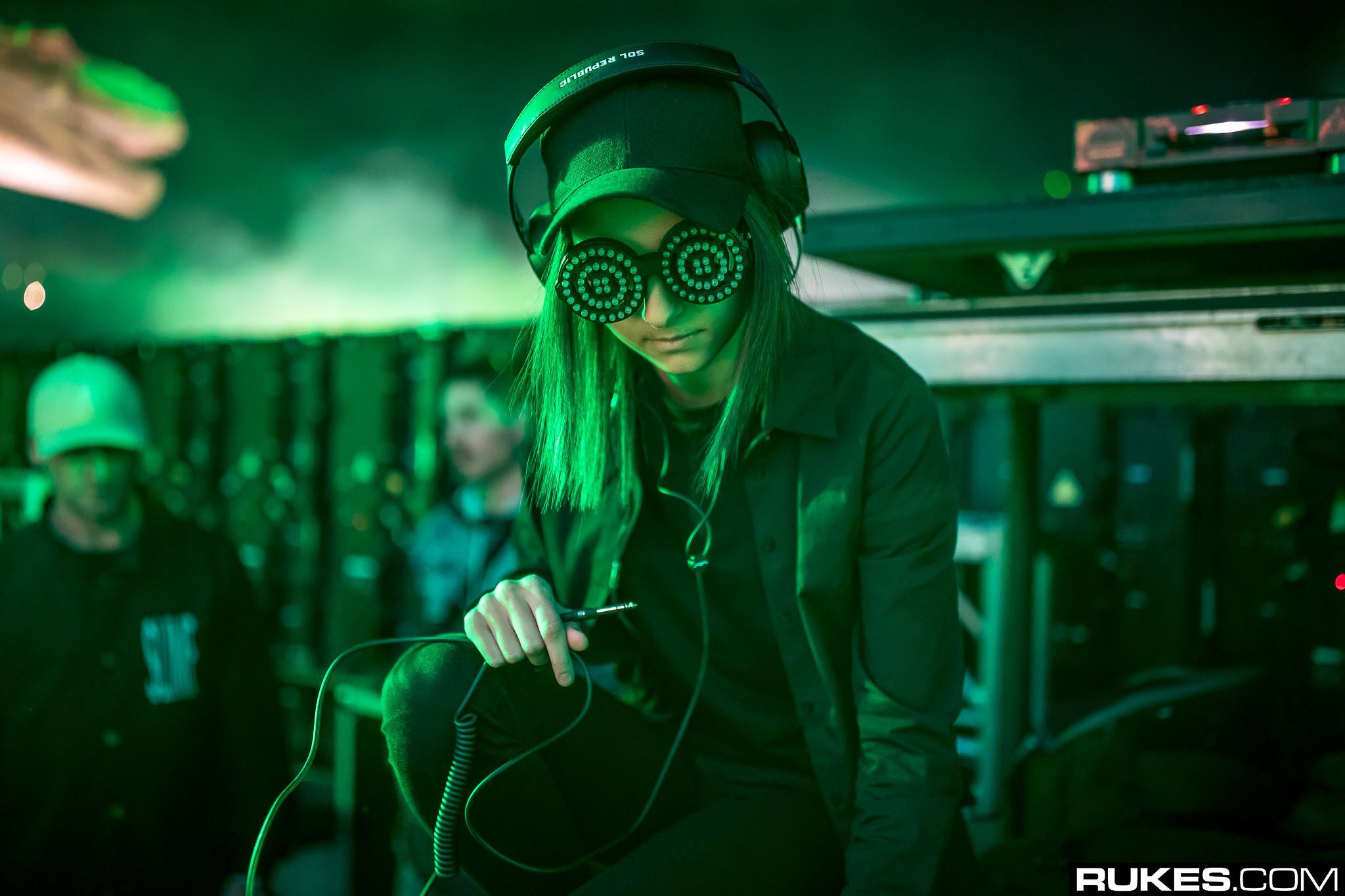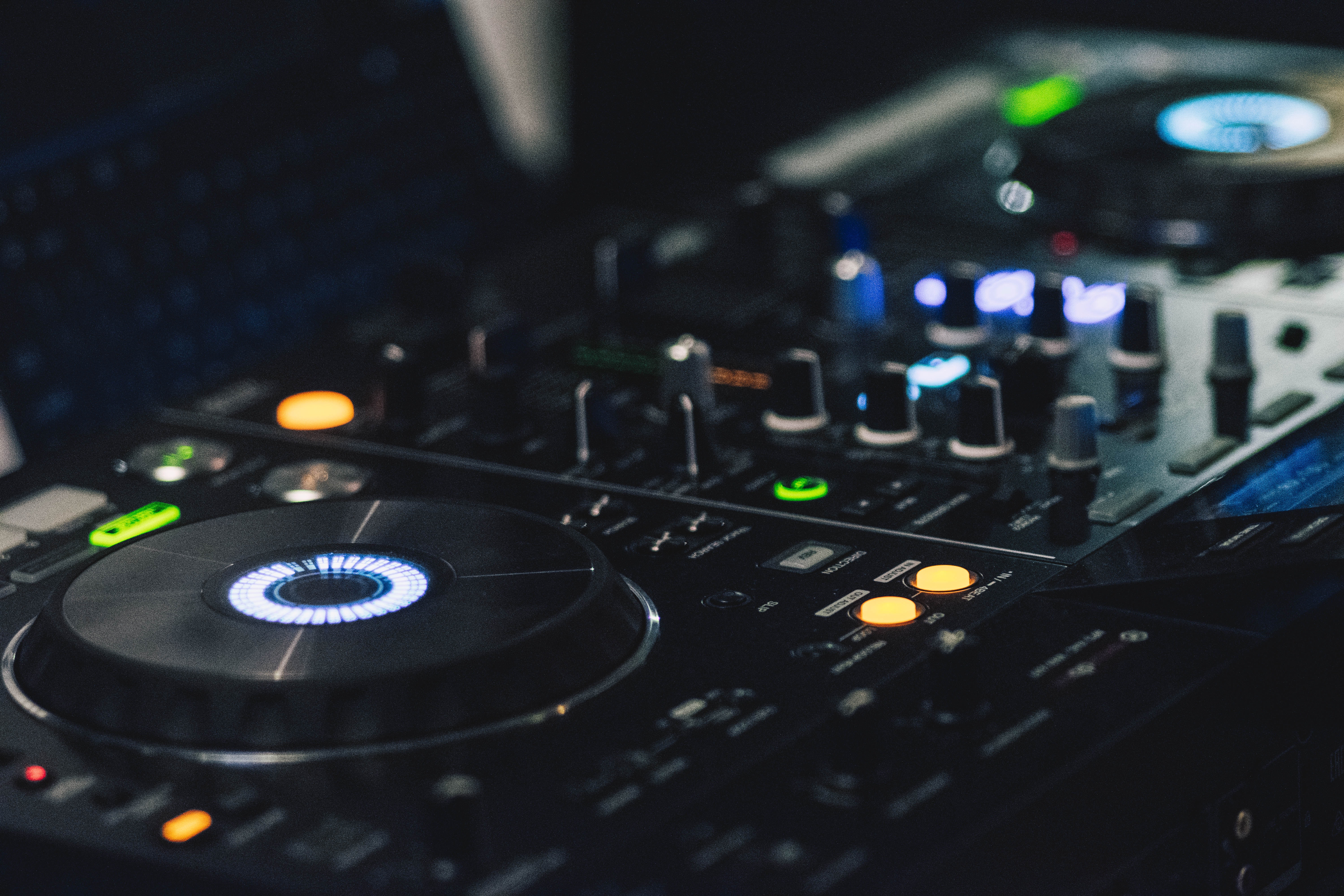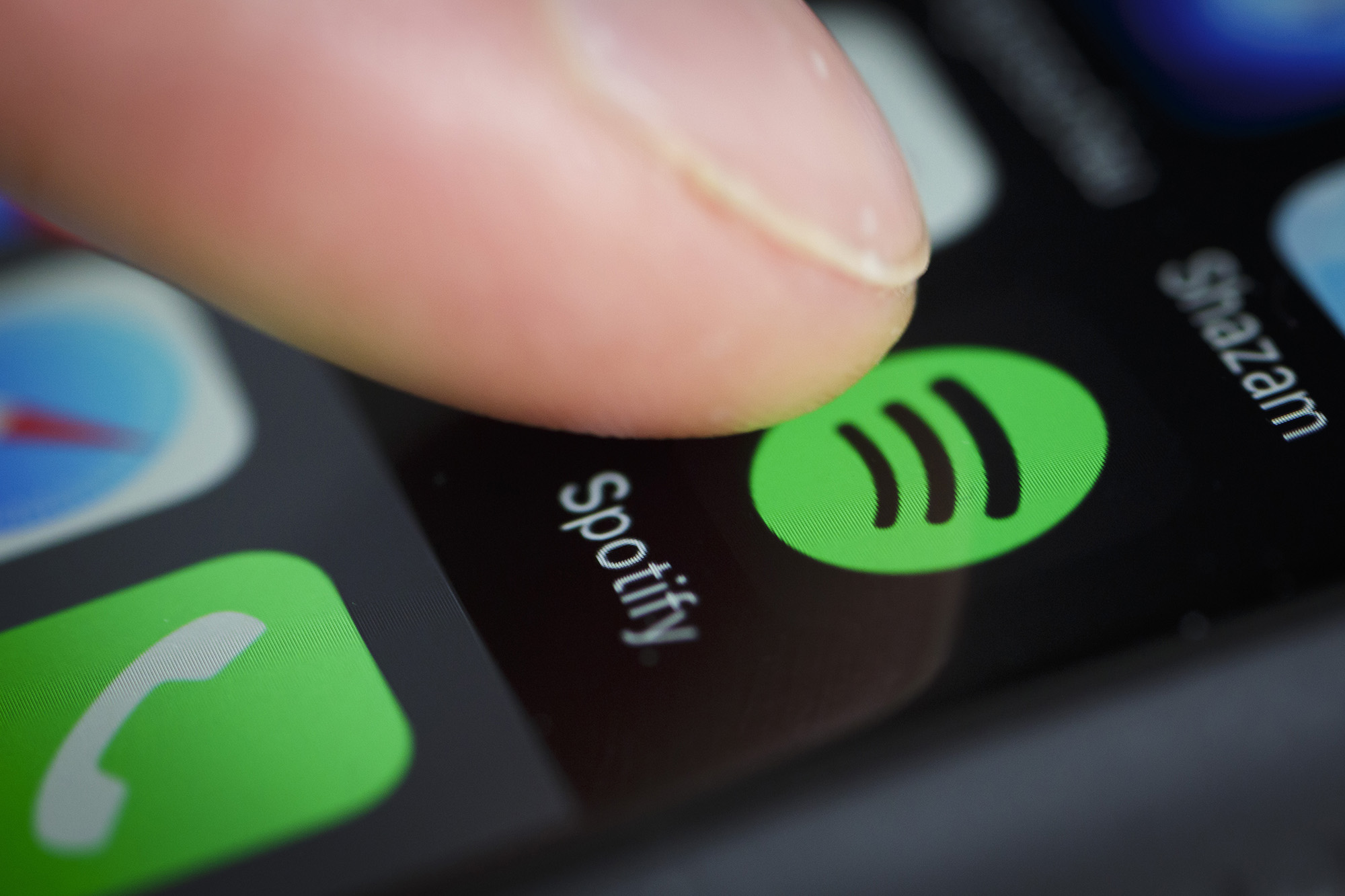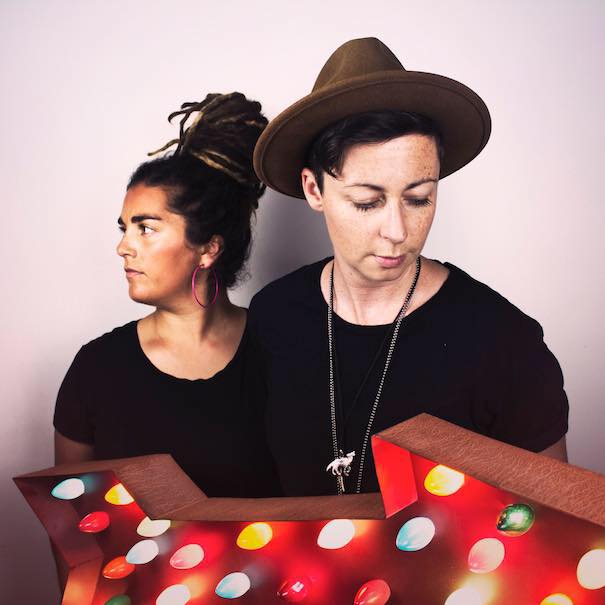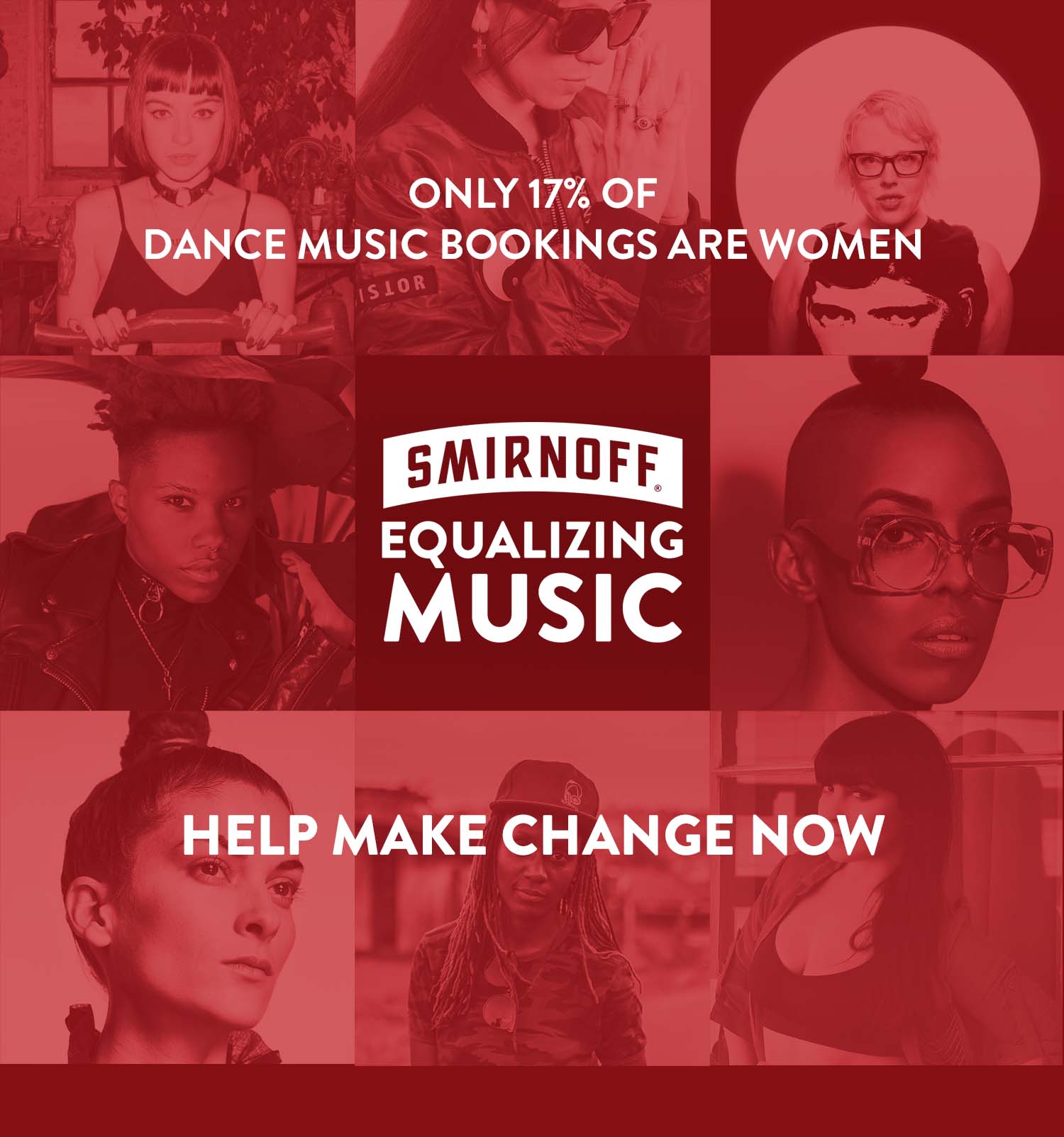In an insightful Mixmag piece, Sofie Mikhaylova details how increased representation for women and LGBTQ+ artists has positively affected her experience. As a younger girl interested in the dance music scene, Sofie didn’t always have information routes to learn about female artists, leaving her feeling isolated.
Worse, still, was how difficult the gender-coded gatekeeping was that used to surround simply just learning how to DJ in the first place. When you don’t have someone to teach you (before you could find everything under the sun on YouTube) – what do you do?
Mikhaylova points out that things have gotten better now; in recent years, more and more female and LGBTQ+ artists have become visible. This visibility is thanks, in part, to large-scale efforts within the dance music scene to do away with discrimination.
Take, for example, Sweden’s “Cis-man Free” festival and Spotify’s EQL institute for female musicians. Even in mainstream EDM, Rezz, Mija, and Alison Wonderland have managed to make their mark on major lineups, breaking into spaces that had previously only been accessible to a few women, such as Lady Faith.
But, as many improvements in representation as we’ve seen, is it enough? If we take Sofie’s anecdote as proof that it’s working – that women are feeling more and more welcomed to participate in making EDM – then, how well is it working, and what’s the next step?
Don’t get us wrong. Encouraging women to participate in the scene in the first place is a huge first step. Making women like Sofie feel more empowered to claim their space is indescribably valuable; but what do we tell those same women when gender disparities are still alive and well within the scene?
A DMNW study found that women are being hired as performers significantly less often than their male peers in the Seattle area. The headliner data appears more flattering, which would seem to indicate that perhaps some upward mobility is being afforded to female artists. But when you take into consideration some of those headliners were likely major artists like Rezz and Alison Wonderland, a slightly different picture unfolds.
The opener data of this study indicates that there’s a chance that local female DJs are not being afforded the opportunities that they should be. There’s no definitive proof based on the study’s findings, but we have to question why the numbers sit where they do.
We can’t draw any solid conclusions from this data, but the big picture is that we need to try as a scene to do more. Representation matters, people need to feel welcome in our scene – but that representation is only possible if we consciously take action ourselves. Launching a “Cis-man free” festival isn’t an option for everyone, but taking time to find and support local female DJs is one step that we can all take to make a small, but positive, impact on the scene.
Important things happen in Pacific Northwest nightlife, and DMNW will send you alerts!




